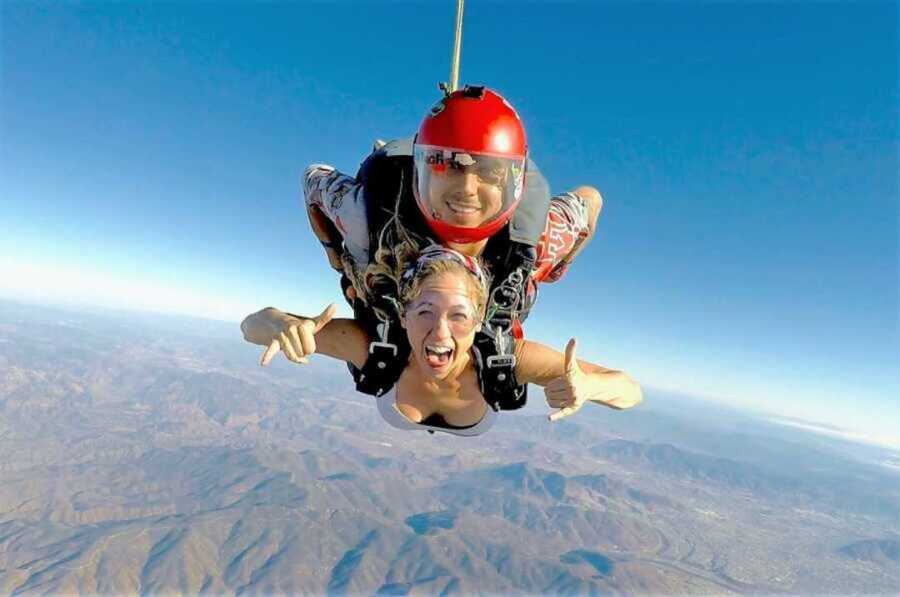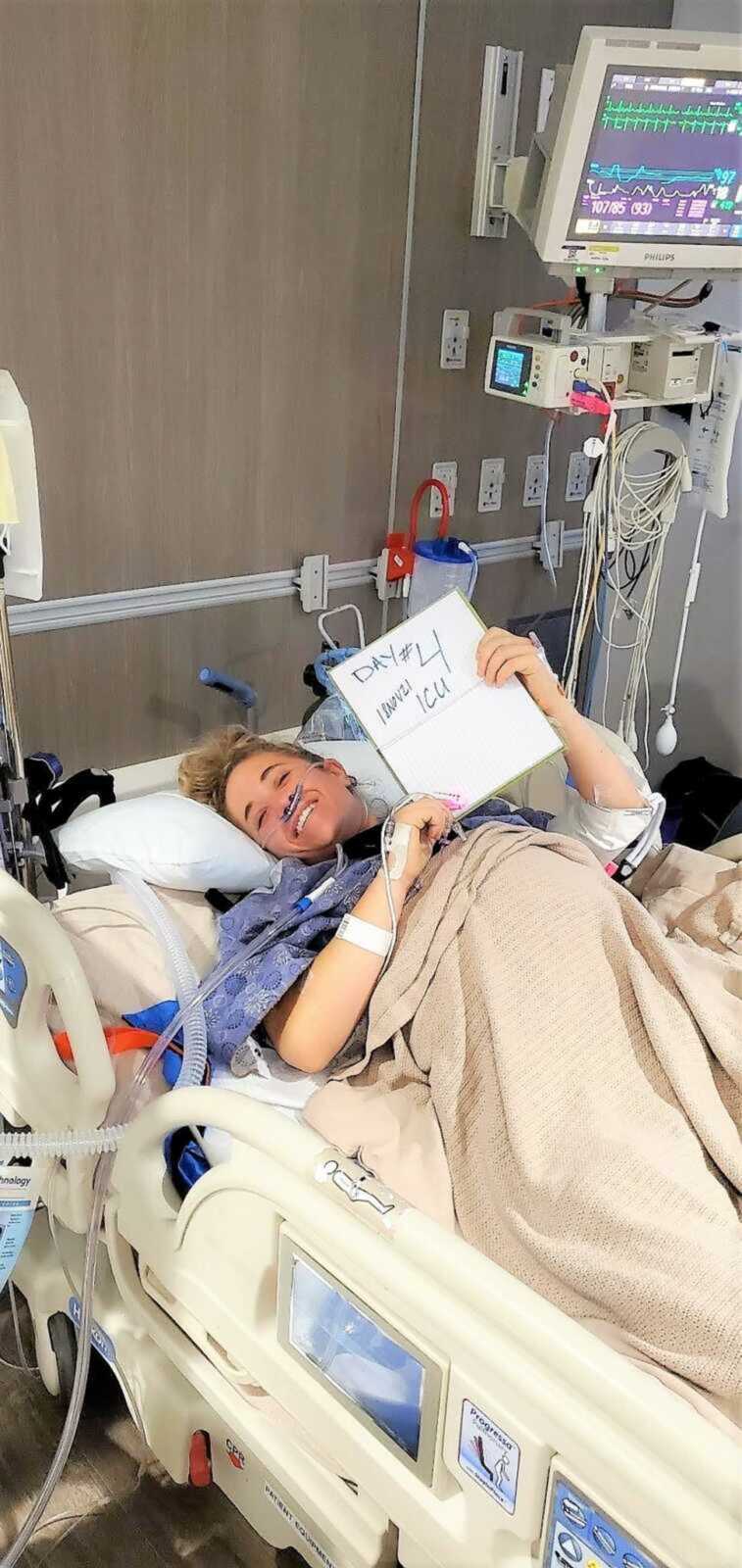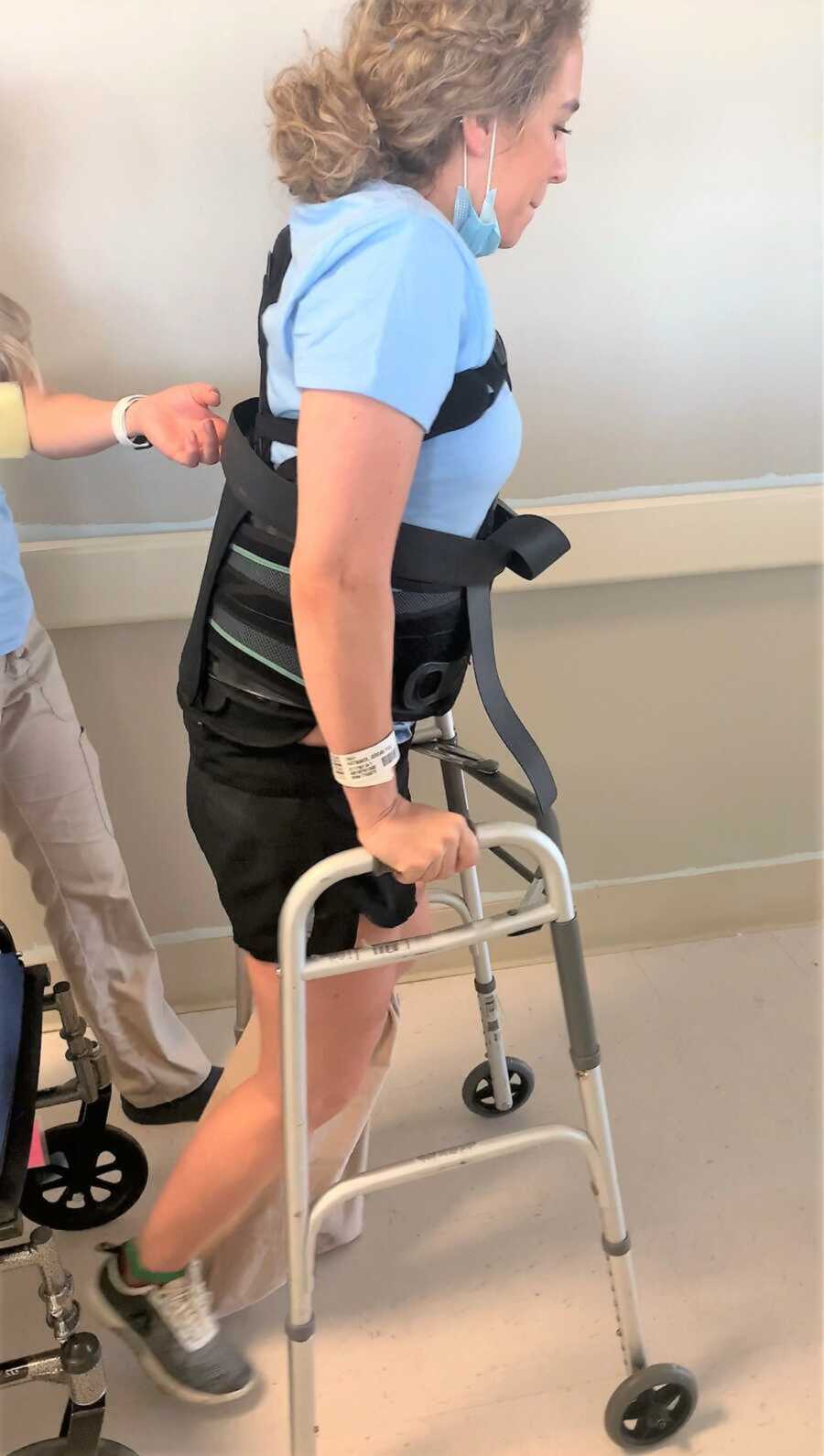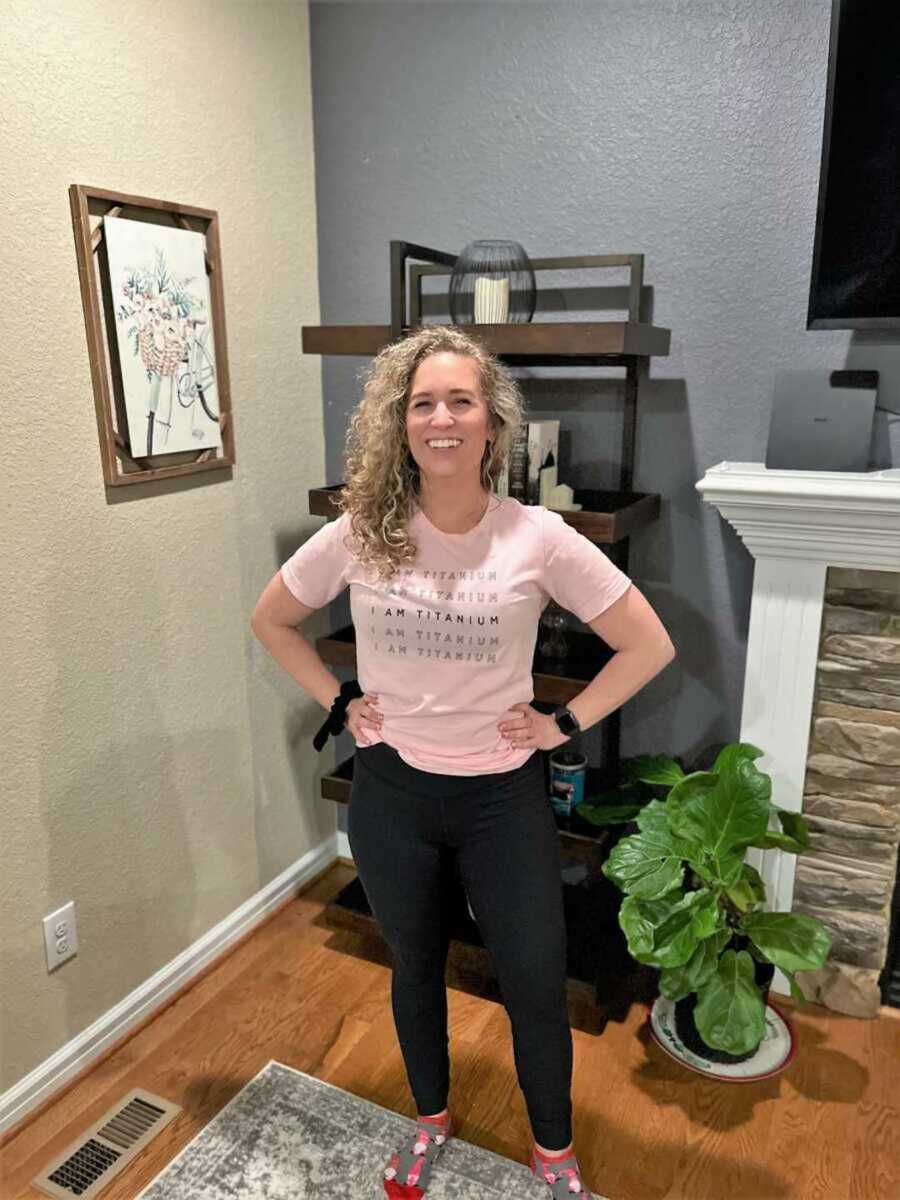Skydiving License Training
“I was halfway through with the training required to get my skydiving license when the accident occurred. In 2015, I did my first ever tandem skydive (where you’re strapped to a professional skydiver). I was in love. From the adrenaline rush of jumping out of a plane at 13,500 feet above the ground, to the great sense of accomplishment after landing.
Between 2015 and 2020, I did 5 tandem jumps, each time falling more and more in love with the sport. In 2020, I had a couple of friends decide to get their skydiving licenses, so I thought it’d be the perfect time to get mine as well.

Getting your skydiving license allows you to make solo skydives at any drop zone without supervision. With each jump, you practice a new skill; for example, different plane exits or learning to dock onto someone else while in freefall. My favorite part of the training process was not only seeing tangible progress but building relationships with other skydivers.
There’s a lot of waiting around between planeloads at drop zones. In the waiting, amidst jump briefings and formation run-throughs, people naturally build friendships. I was really excited to start becoming a part of the community.
Surviving A Downplane
November 14, 2021, was a nice Sunday afternoon. It was ideal for skydiving, so I decided to get a couple of jumps in hopes I’d be able to finish getting my license before winter hit. Since the first jump went off without a hitch, I was eager to get back up there one more time and check another level off.
It was my 16th solo jump. After completing routine ‘drills’ during free fall, I tracked away from my coach and pulled my parachute. However, immediately after, I realized something was terribly wrong.

The pilot chute, a smaller parachute that pulls out your main canopy (parachute), was completely wrapped around my leg. My leg was suspended in the air as I continued to fall at approximately 125mph with nothing to slow me down. I went into strategy mode—trying my best to free myself from the lines—but before I knew it, my reserve chute fired.
The jolt of the reserve chute firing catapulted my main canopy out of its bag and created what’s referred to as a ‘downplane.’ A downplane occurs when two parachutes are inflated simultaneously and both fly towards the ground.
Spinal Cord Injury
The descent rate under a downplane is very high. Landing a downplane will usually result in severe injuries or death. When I hit the ground, I never lost consciousness. I immediately tried to get up, but I couldn’t feel anything below my waist.
I started praying aloud and screaming for help. I hadn’t landed right in the landing area, but I wasn’t too far off to the side.
I continued to yell for assistance as loud as I could in between my prayers to God begging to be saved from paralysis. I closed my eyes for a second, hoping when I opened them back up, it was all just a nightmare.
But it wasn’t. It was real. It felt like hours until anyone ran over to me, but I’ve been told it was 5 or 6 minutes.
A swarm of people gathered above and around me as I lay unable to move on the ground. I remember repeatedly asking if I was paralyzed.
To this day, I’m not sure who it was or if she really knew the answer, but one sweet girl knelt next to me and said, ‘Don’t worry. You are not paralyzed.’ This is all I wanted to hear at the moment.
The local EMS team arrived on scene after 15-20 minutes. By this time, I was extremely frustrated because of the excruciating pain radiating throughout my body. I just wanted it to all go away.
After a few minutes, I began to realize they weren’t taking me anywhere. I wasn’t being loaded into the ambulance.
A few minutes later, I heard the distinctive whir of a helicopter getting closer. A Nightingale arrived and I was flown to the closest Level 1 Trauma Center, where I was told I had broken most of my lower back, my tibia and ankle, and suffered a spinal cord injury.

Recovery Journey
I thank God every day my life was spared. I wondered what life would look like after this. I couldn’t lift my legs. I couldn’t feel the skin on my hips, pelvis, or lower back.
I would (sometimes audibly) tell my legs to just work, but they wouldn’t budge, not even an inch. I used the bathroom in bed, I bathed in bed, and I did everything in bed for 15 days.
About 2 weeks after the accident, I remember sitting up without anything behind me for the first time. Everything around me started spinning and I had to lay back down. Tears of frustration filled my eyes.
During my 25-day stay in the hospital, I was on an emotional rollercoaster. Mainly staying at the top, but at times plummeting to the ground.
I tried to find the light in every dark moment. Sometimes it was harder than others. I counted every first as a milestone.
The first time sitting up without getting dizzy. The first time transferring to a bedside commode. The first time in a wheelchair. The first time leaving my hospital room, seeing the sunset (immediately burst into tears), using the ‘real’ toilet in my hospital room, going outside, sitting under actual running water, etc.
Every first was progress; little ounces of hope filling me with the determination to keep going. I always believed I’d walk again. Along with faith and hard work, I truly believe I ‘spoke’ my recovery into existence. I told every nurse, doctor, family member, and friend I’d be out of there before the month mark.
And I would progress a lot quicker than their estimated 2.5-week inpatient rehab stay. And I would be able to lift my legs again. And I would be walking within 3 months.

My Silver Lining
I wholeheartedly believed these things and they happened! There’s an undeniable power in positive thinking.
When I’m in pain, I remind myself pain means I’m alive. When I’m frustrated, I browse through pictures showing how far I’ve come. When I’m impatient, I create new milestones of things I want to achieve and a goal date by which to achieve them. When clouds of darkness begin to overcome me, I sit in them just long enough to find the silver lining; a glimmer of hope to remind me blue skies are ahead.”

This story was submitted to Love What Matters by Jordan Hatmaker. You can follow her journey on Instagram. Be sure to subscribe to our free email newsletter for our best stories.
Read more powerful recovery stories:
Spread beauty and strength for others. SHARE this story on Facebook with family and friends.



